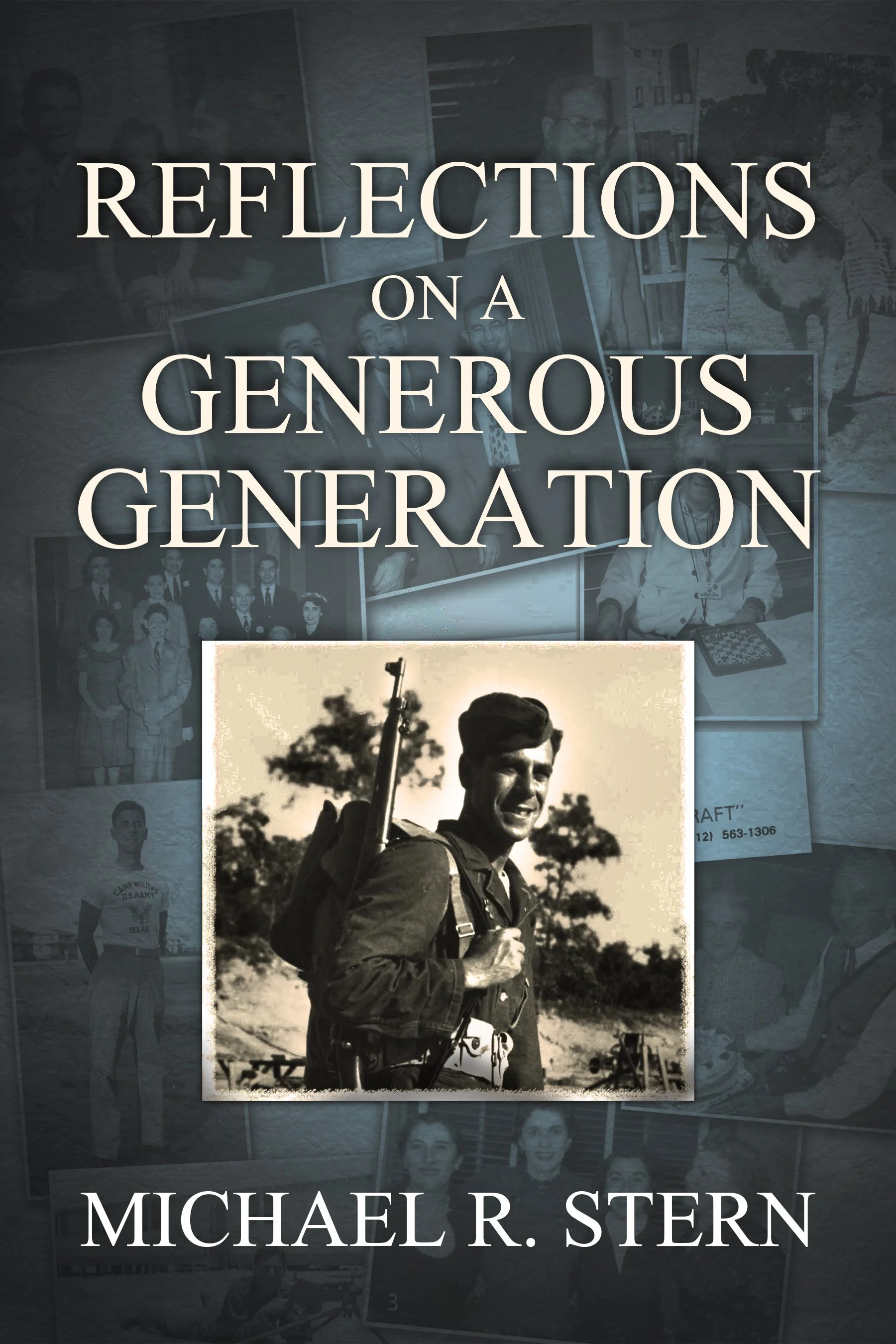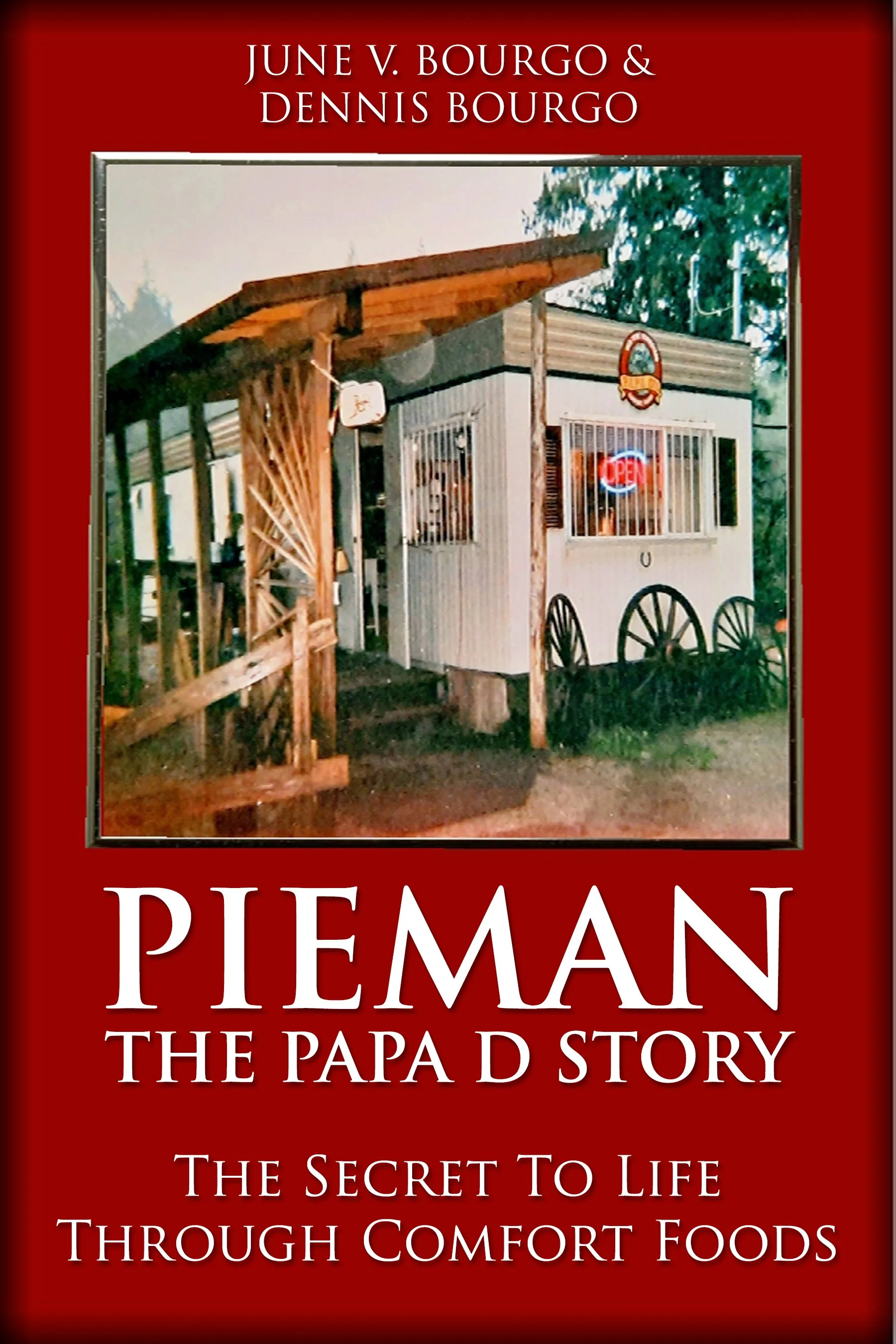Reflections On A Generous Generation
Book summary
"Reflections on a Generous Generation" is a moving tribute to the remarkable individuals who shaped modern America. Born in the early 1900s, these resilient pioneers survived the Great Depression and played pivotal roles in pivotal moments, including the Civil Rights movement. Through the eyes of one who lived it, this captivating memoir offers an intimate glimpse into their unwavering commitment to a brighter future. It's not just a history lesson but a heartfelt homage to their resilience and determination, serving as an inspiring reminder of the enduring legacy they've left behind. Whether a history enthusiast or in search of a story of hope and perseverance, this memoir is a must-read, celebrating the indomitable human spirit of the Generous Generation.
Excerpt from Reflections On A Generous Generation
The Early Years
On May 24, 1911, the largest marble structure ever built in the United States up to that time, the New York Public Library, opened its doors for the first time. Over 30,000 New Yorkers and visitors entered, finding the contents of the combined Astor and Lenox library collections, including a rare Gutenberg bible, engaging. As busy as the flood of people must have seemed to the new library staff, life in New York City had other activities with which to contend.
That same day, Fannie Stern gave birth to her third son, whose real name was lost to him for more than two decades of his life. Murray Stern, known as Meyer to all, entered a family of immigrants from Eastern Europe, with a father who could sell anything, and a mother who expected her children to achieve, a mother who he adored. His first address was 36 Allen Street, in lower Manhattan, New York City. William Howard Taft was President. It is fitting that my father and the Library entered the world together.
A little less than a week later, the first Indianapolis 500 race took place. In 1911, IBM was incorporated, England got a new king, the U.S. House of Representatives set its permanent number at 435 members, Sun Yat- sen became the first President of the new Republic of China. Standard Oil Company was declared a monopoly under the terms of the Sherman Anti Trust Act. Chevrolet was founded, bringing competition to Henry Ford and his Model T. In England, the hull of the Titanic was launched, to be completed within the next 12 months. In Boston, groundbreaking for Fenway Park took place. And Orville Wright set a flight record, which would last for 10 years, of 9 minutes and 45 seconds. In Dallas, Southern Methodist University was founded.
In 1911, births included Ronald Reagan, Butterfly McQueen, Hank Greenberg, Jean Harlow, L. Ron Hubbard, Jack Ruby, Tennessee Williams, Hubert Humphrey, Lucille Ball, and Roy Rogers.
1911 was a relatively usual year in America. Still predominantly agricultural, the industrial age was beginning to grow its facial hair. The 20th Century was approaching its teenage years. Its infancy was a time for stretching its wings, literally and figuratively. The automobile and the airplane, inventions galore, business was growing. As 1911 celebrates its 100th anniversary, we can compare then and now, seeing what happened and what things are still going strong. Whose names do we still remember? What places still interest us? The New York Public Library now has 89 branches, the Red Sox continue to play at Fenway. Ronald Reagan became President of the United States. Ford and Chevy still compete, and the Titanic became a tragedy, as well as a blockbuster movie.
Fannie and Jacob Stern raised four children, Simon, Nathaniel, Murray and Sylvia. Dad was born just before the teenage years of the 20th Century. The world was exhibiting the turmoil that seems to affect teenagers everywhere. The growing pains, the irrational rejection of authority in order to reach some form of self, the emotional and physical growth, the primordial foot stomping of its time.
The decade of the teens would produce the foundation and the events that would shape the generation for its lifetime. Names, places and events surfaced, then returned many years later in different contexts. The previous decade had produced the first car, the first flight. The teens saw the expansion of automobile ownership, the completion of statehood for the continental US, and further growth of the inventive character of America, such as movies and telephones. And the world moved deliberatively to the ultimate teenage temper tantrum, World War I.
The teen decade would complete the continental United States, with statehood for New Mexico and Arizona. The Titanic sank. Teddy Roosevelt formed the Progressive Party and lost the 1912 election to Woodrow Wilson. The 16th Amendment to the Constitution introduced the income tax. The First World War began in Europe in 1914. The first appearance of names like Churchill, Truman and Hitler took place, as did places such as New Guinea, the Solomon Islands and the Marianas.
The first woman was elected to the US House of Representatives in 1916, and Woodrow Wilson was reelected as President, with the popular slogan of “He kept us out of war”. By the following spring, America had declared war, and the first American troops arrived in France on June 6. This date was significant again at a later time, with the arrival of different troops in a different war. As American troops were giving a boost to the Allies, on the Eastern Front, Russian troops quit the war, as the Bolshevik revolution seized the government, and threw Russian into civil war.
Another event which would have future repercussions was a letter sent from British Foreign Minister Arthur Balfour to Baron Walter Rothschild. The letter stated the British government’s support for the establishment of a national Jewish homeland in Palestine. With a separate land for the Palestinians, the first “two state solution” was adopted later by the League of Nations.
After four years of combat, with the needed supplies and manpower brought by American entry into the war, an armistice was agreed to on November 11, 1918, at 11:00 AM.
As the George M. Cohan song promised, when it was over, over there, the troops came back, and they would return and face a new America. The teenage years of the decade were waning. However, all the difficulties of the war would have consequences, as yet unknown. Now, the politicians took over. Woodrow Wilson was awarded the Nobel Peace Prize, and the Paris Peace Conference began, to determine what the terms of surrender would ultimately include, and what “reparations” would be required from Germany. Formal ending of the war took place on June 28, 1919, with the signing of the Treaty of Versailles, which included an organization designed to keep peace in the world through diplomacy, the League of Nations. Wilson campaigned throughout America for acceptance of the Treaty, but with strong opposition, the Senate rejected the Treaty and the League. Politically, at least, America would once again return to its isolation behind the safety of the Atlantic and Pacific Oceans.
Born on the Lower East Side of Manhattan, New York City, Dad’s family moved to the Flatbush section of Brooklyn when he was about a year old. His mother started a factory, making bathrobes and baby clothes, with Grandpa being the salesman. In Dad’s words, “the factory flourished. If only my mother had an education and could speak good English, she would have gone far. My mother had the brains”. Business must have been good because census records show they had a live-in housekeeper, and Grandma had hired some of her neighbors to work with her.
My grandparents were immigrants from Lithuania. At the time, Lithuania was a part of Russia. Leaving Russia on foot, Grandpa made his way to Hamburg, Germany at the end of the 1890s. With assistance from American refugee funds, he came to New York. My grandmother followed a couple of years later. Records show they were married in New York in 1905. In Brooklyn, they lived in a three story, five bedroom house, which was at that time “in the country”, with coal to heat, and ice delivered “to keep our food fresh,” Dad said. Dad attended a local public school, PS 179.
A significant part of his youth, and that of his siblings, was his summers. Each summer, beginning at 12 years old, he and his brothers went to summer camp at Camp Equinunk, in Equinunk, PA. There he learned to ride horses, water ski, and became a proficient swimmer and tennis player. Later Camp Blue Ridge, a girls’ camp, opened on the other side of the lake, and Dad’s sister, Sylvia, also joined the summer fun. After graduating from high school, Dad returned to Equinunk as a counselor. Sylvia eventually became head counselor, and returned with her husband, Dr. Saul Krugman, who was camp doctor for a number of years.
When World War I ended, Dad was seven years old. The events of the war would be the basis of his young adulthood, but now, he was a grade school student in Brooklyn. One significant event occurred in Germany in 1919, something that would forever affect my dad and his generation. A disaffected young army corporal, fresh from the trenches, attended a German Workers Party meeting, becoming a member. His name was Adolf Hitler.
In America, the Volstead Act passed, ushering in the Prohibition era, and the beginning of the “Roaring Twenties”. Speakeasies, flappers, bobbed hair, and organized crime were on their way. This was what would have surrounded a little boy as he became a young man.
The Twenties
The decade of the 1920s was a remarkable time of change in America. As the World War I veterans returned home, they faced the new technologies of the time and the same economic problems of the next generation immediately post-war. Population in America was beginning to shift, as economic opportunity began to grow in the cities of the North and East. Expansion of industry brought families off the farms, where farm prices had dropped. The migration of Black Americans from the South, and consequently, the abundance of labor made further expansion possible. Innovation and invention added fuel to the industrial hearth. The economy did in fact have some sluggish times, leading up to the stock market crash. However, for the most part, it was two steps forward, with only a half step back.
The growth of electrical use in industries, and in homes, introduced new products and greater efficiencies in the use of labor in production. Electricity brought radios, electric iceboxes (which we call refrigerators), irons, fans, lights, vacuums and other labor saving devices into home use, and created a growing market for all these innovations and improvements. The electrification of the industrial centers and large metropolitan areas by electric utilities increased product availability through increased productivity. Electrification of the assembly line allowed for more diverse use of labor, as well as better, more quality- consistent products.
One of the foremost factors was the availability of inexpensive transportation, thanks to Henry Ford, and his competitors. The growth in car ownership required that road quality be improved. At the same time, better, cheaper tires made the automobile a true family transportation means. Grandpa had bought a Model T to get the family around, and so he could visit his customers.
The development of better methods of refining crude petroleum, combined with the discoveries of large oil deposits in the United States allowed for cheaper and more available gasoline to feed the growth in automobiles. Increases in production, combined with improved vehicles and roads led to an increase in truck traffic, augmented by railroads for longer distances, which increased the range of markets for many products. As the roads improved, trucks carried more of the load and over greater distances, and to more remote and diverse areas, where railroads simply didn’t go.
Radio and telephone became the major sources of communication. Although the telegraph continued to have a main role in the early ‘20s, growth of the telephone rivaled and then surpassed the telegraph by the end of the decade. The radio as a source of communication grew, mostly on a local basis. Because of the confusion created by simultaneous use of the same frequencies, the Federal government stepped in to pass regulation and issue licenses. From its initial broadcast in 1920 to national broadcasting by 1926, radio became the creator of a cultural commonality in the country.

















Praesent id libero id metus varius consectetur ac eget diam. Nulla felis nunc, consequat laoreet lacus id.